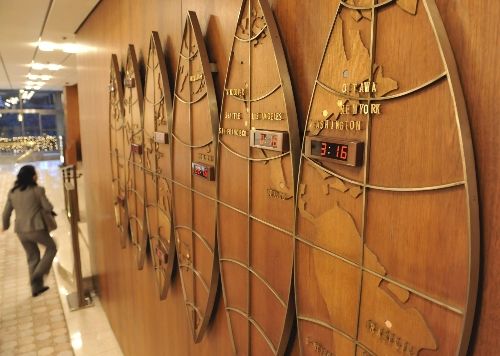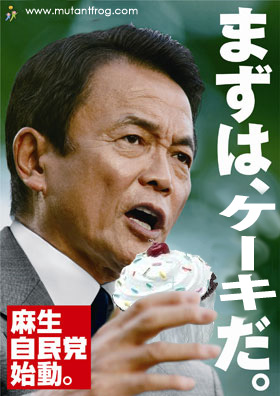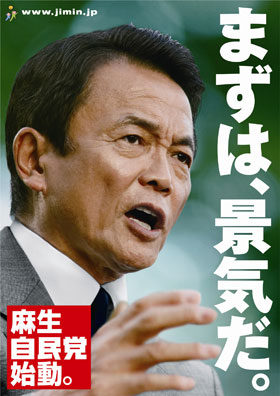The Taipei Times printed an interview the other day with Yu Bor-chuan of the Taiwan Pinyin League, and head of the team that designed Tongyong Pinyin. He is of course a heavy promoter of Tongyong Pinyin, saying that it is better suited to Taiwan than the internationally accepted but PRC originated Hanyu Pinyin. He has some interesting background on the history of various kinds of phonetic writing in Taiwan, and of course makes his argument for avoiding Hanyu Pinyin.
That the MOE did not cite the source of the Hanyu Pinyin charts constituted an act of plagiarism as the phonetic system was approved by the State Council of the People’s Republic of China [PRC] and ratified by its National People’s Congress in 1958.
This is just a weird statement. He seems to be arguing that any discussion of Hanyu Pinyin MUST be centered on politics and not linguistics, which to me is an utterly absurd position.
As for the false information I mentioned, the MOE said Taiwan’s street and place names are spelled using Hanyu Pinyin on maps and atlases published by most countries and international organizations. This is not true, since the international community generally goes by the guideline of naming a person or a place after its original name.
There are hardly any countries or international organizations that use Hanyu Pinyin to spell places in Taiwan except maps published by China.
This, however, is correct. Of course, with romanization in Taiwan being so unstable, foreigners often have no idea which system they should be using.
TT: The main reason given by the government to adopt Hanyu Pinyin was to bring Taiwan in line with international standards.
Yu: If that was the real reason behind the policy shift, the government should have replaced the traditional characters used exclusively in Taiwan with simplified characters, because more than 95 percent of the [Chinese-speaking] population worldwide uses simplified characters.
He’s really mixing apples and oranges here. While it is kind of true that making all language policy decisions on the basis of international standards would lead to the adoption of simplified Chinese, Yu is being very disingenuous about the logic as it applies here. While traditional written Chinese is used in Taiwan as the national and official language and the medium of instruction for all Taiwanese, Pinyin in any form is used ONLY for the benefit of foreigners. Most Taiwanese simply do not learn Pinyin, whether Tongyong, Hanyu, or Wade-Giles. The argument that a supplemental writing system which is used only to accomodate foreigners should follow international standards should in no way mean that the primary writing system, used for the primary Taiwanese national language by its citizens, should also be changed.
Adopting Tongyong Pinyin will not pose difficulties for foreigners.
For foreigners who do not understand Mandarin, whether a road sign is spelled in Hanyu Pinyin or Tongyong Pinyin makes no difference, not to mention that Tongyong is more friendly to English speakers than Hanyu in terms of pronunciation.
The primary differences between the two systems are that Tongyong uses “s,” “c” and “jh,” which corresponds more to English spelling, instead of “x,” “q” and “zh” as used in Hanyu Pinyin, which English speakers without Mandarin skills do not usually know how to pronounce. There wouldn’t be a problem as long as street signs an maps were spelled consistently everywhere.
This is largely true. Consistency is the most important thing such a writing system, but why is consistency between the spelling of identical place names or syllables in Taiwan and the rest of the Chinese-speaking world a bad thing?
The Hanyu Pinyin system is not entirely suitable for Taiwan given the fact that not every Chinese character is pronounced in Taiwan as it is in China.
Maybe something is lost in translation here, but this sentence simply makes no sense. While some characters do have a different common pronunciation in Beijing-accented Mandarin or Taiwan-accented Mandarin, Taiwanese Mandarin uses exactly 0 sounds that do not exist in Hanyu Pinyin. I have a Chinese dictionary from Taiwan in which it notes-in Hanyu Pinyin-both pronounciatins where they differ.
Immediately after Hanyu Pinyin was adopted by the government in September, the MOE promulgated guidelines for using Hanyu Pinyin to Romanize Hakka, replacing the application of Tongyong Pinyin for teaching Hakka.
As Tongyong has been used for the Romanization of Hakka, even some KMT lawmakers were against the new guidelines. They said that it would make learning Hakka more difficult because Hanyu Pinyin did not accommodate sounds in the language.
This is getting into a more complicated area, but it is easily avoided. Hanyu Pinyin is a romanization system for Mandarin. Hakka, while a related language, is not Mandarin, and should have its own romanization system designed for it with no consideration for the romanization system used for other languages. While I am generally supportive of the move to use Hanyu Pinyin for Mandarin despite it being partly based on a political agenda, extending Hanyu Pinyin to other Chinese languages (or dialects, as they are known by Chinese nationalists) is a purely political choice that makes no sense from a linguistic, educational, or practical perspective.
The most serious problem is how our names are to be Romanized.
Although the Hanyu Pinyin guidelines allow individuals to decide the spelling of their name, it suggested using the format of surname first, followed by given name without a hyphen between the syllables … If my name were that way, my initials would be [Y.] B. instead of [Y.] B.C. in Tongyong Pinyin … How can the government ignore the fact that Taiwanese people have used a hyphen in their given name … for about 20 to 30 years?
No one has the right to arbitrarily decide what other people’s names should be. By the same token, Taiwan has every right to decide its proper names.
We should not give up autonomy over this as it is a representation of our sovereignty.
No real arguments here. People should be free to write personal names as they wish, but that doesn’t mean that there shouldn’t be a recommended orthography. One thing that isn’t addressed even here is while for most Taiwanese (aside from ethnic aborigines) primarily write their name in the same Chinese characters, their primary language may be Mandarin, Taiwanese (Hoklo), or Hakka. Shouldn’t they be able to choose to romanize their name for international use in the system of their primary spoken tongue, and not based only on Mandarin?
Japan, where two different Romanization systems have been used since 1954, could serve as an example.
In 1954, Japan’s Cabinet announced a program including the Hepburn and the nippon-shiki [“Japan-style”] systems, under which the Hepburn Romanization system devised by an American is employed in overseas Japanese-language teaching materials, while the nippon-shiki system is used to transliterate local names and for domestic education.
Japan’s experience proves that the adoption of two Romanization systems does not hurt a country’s competitiveness. In addition, [there is] compatibility between the Tongyong and Hanyu Pinyin systems.
This is sort of true, but the nippon-shiki (actually the modernized version is Kunrei-shiki) serves almost no function. It is largely the same as the far more common Hepburn standard, much in the same way that Tongyong and Hanyu are largely the same, but has several minor differences which serve only to confuse. Even in Japan pretty much nobody actually uses anything but Hepburn romanization, and when he says “Japan’s experience proves that the adoption of two Romanization systems does not hurt a country’s competitiveness.” he should really be saying “Japan’s experience proves that the adoption of two Romanization systems is inconvenient, and everybody not legally required to use the less popular system will gravitate over time to the more popular one.”




